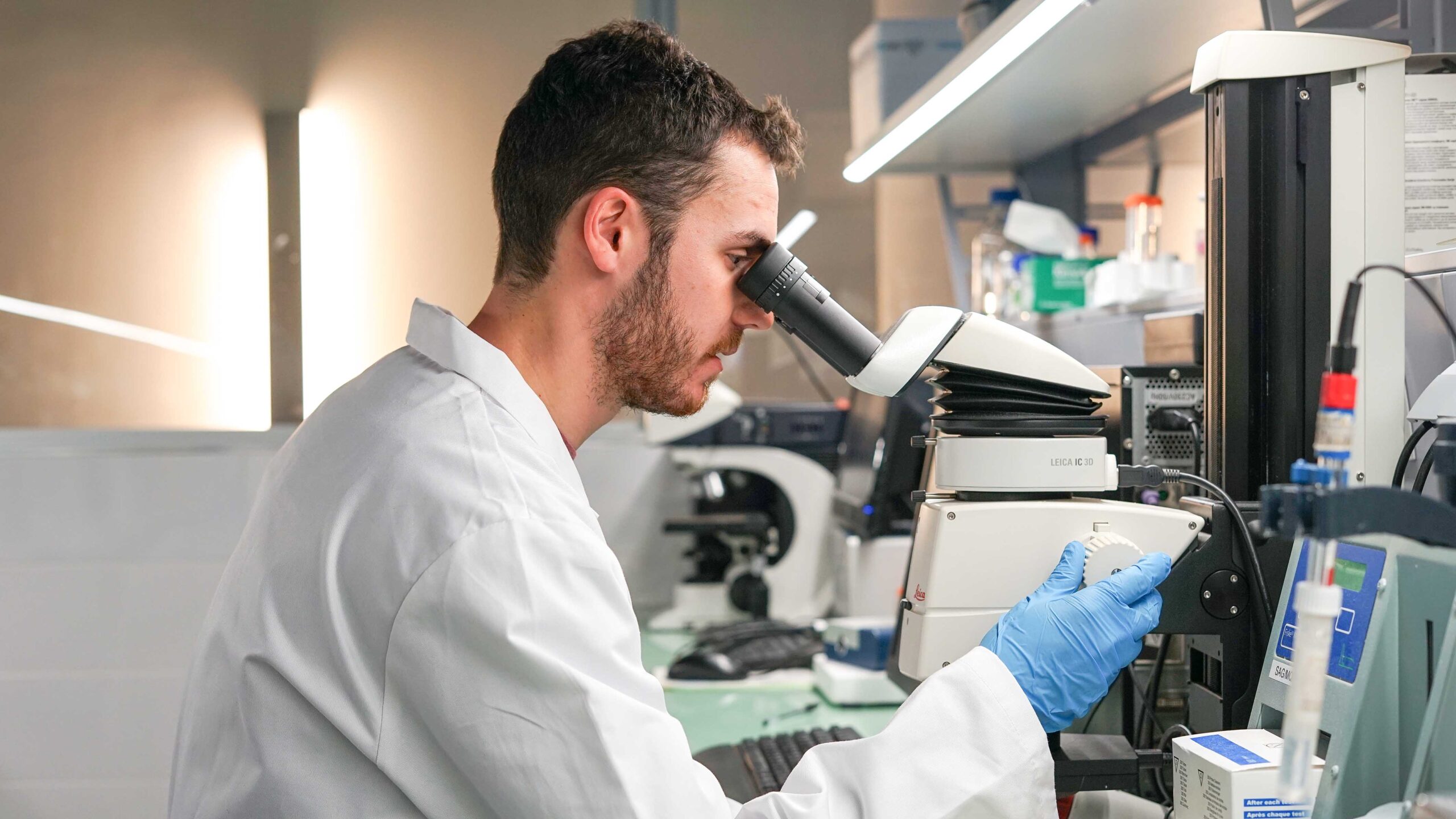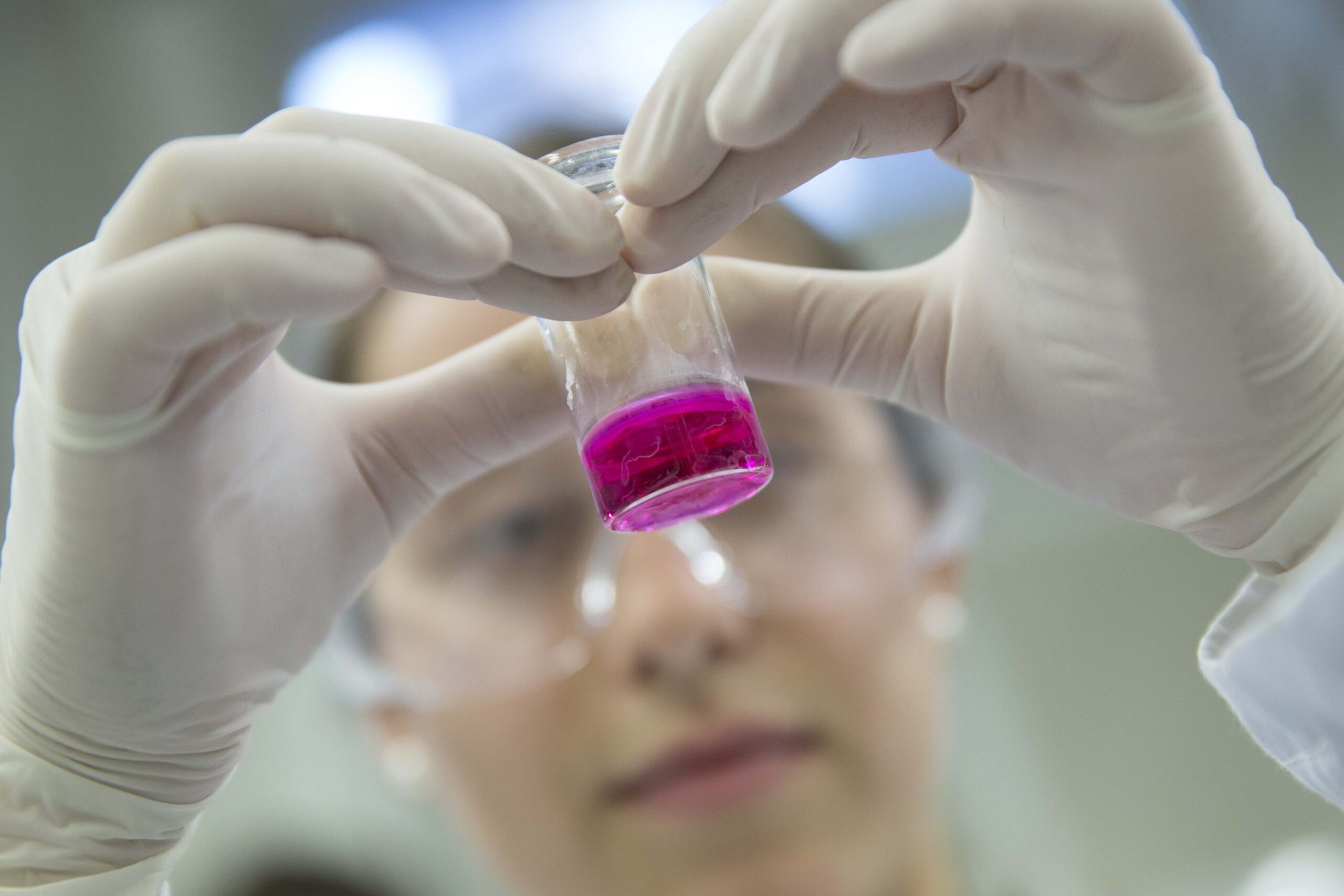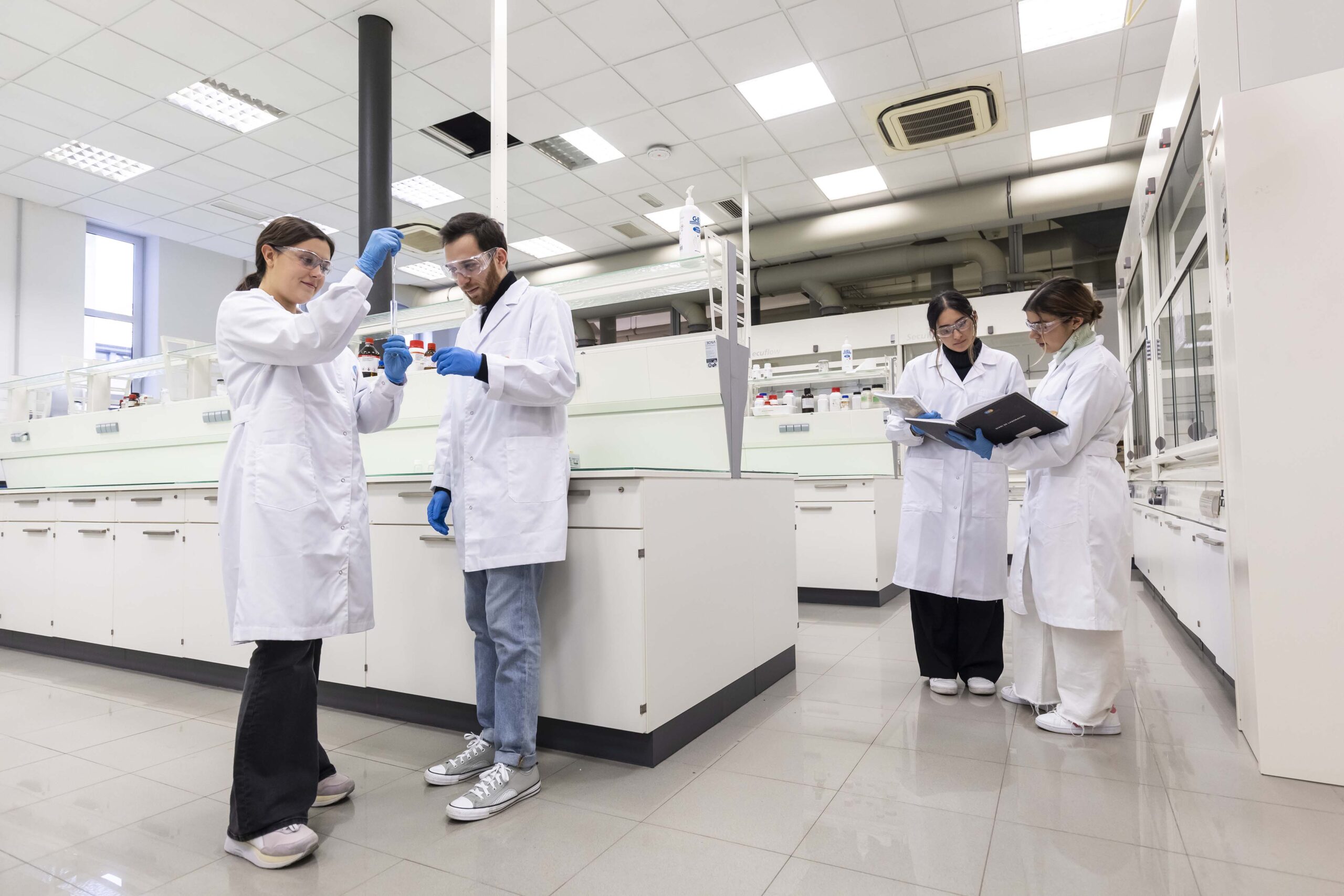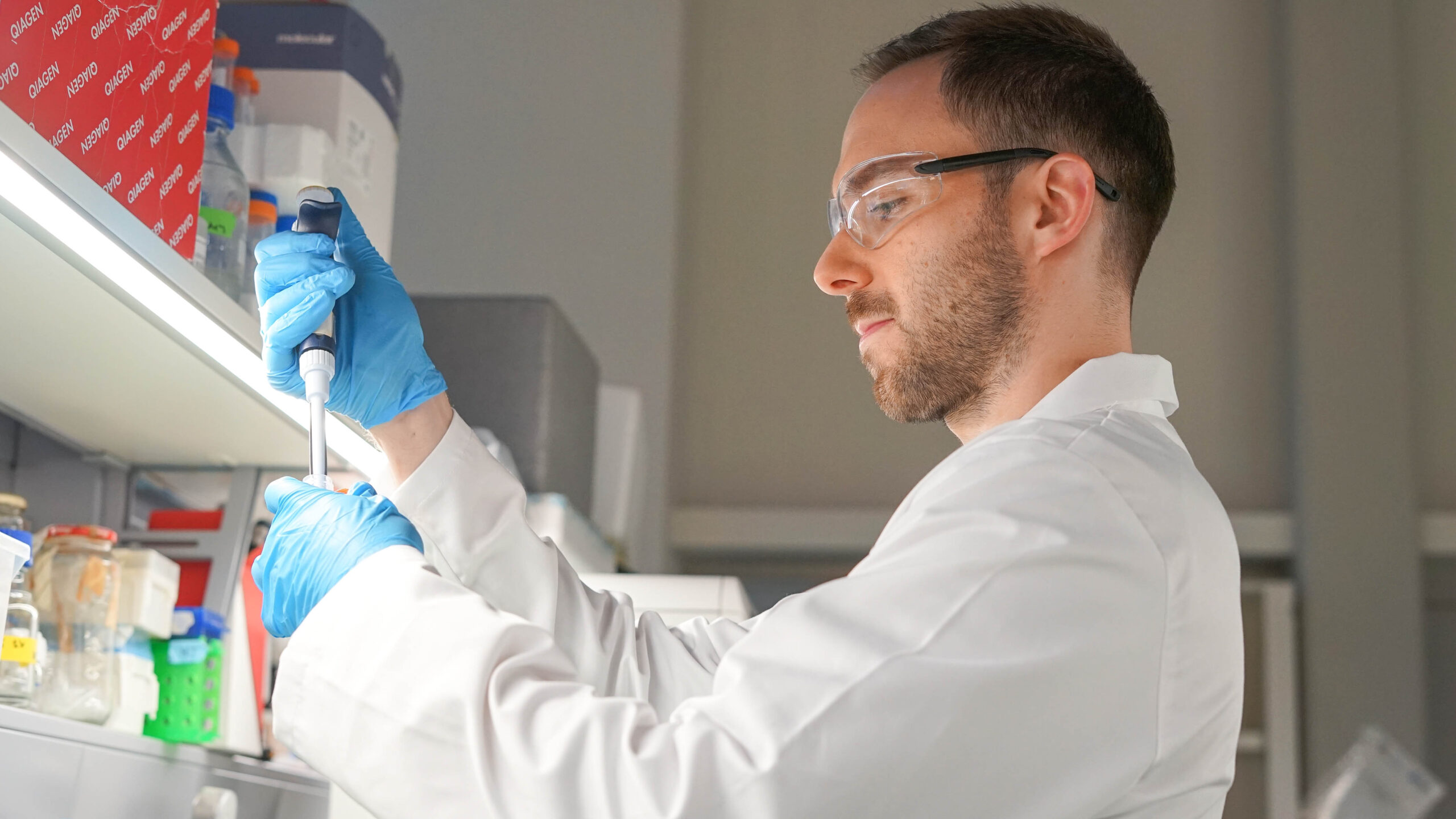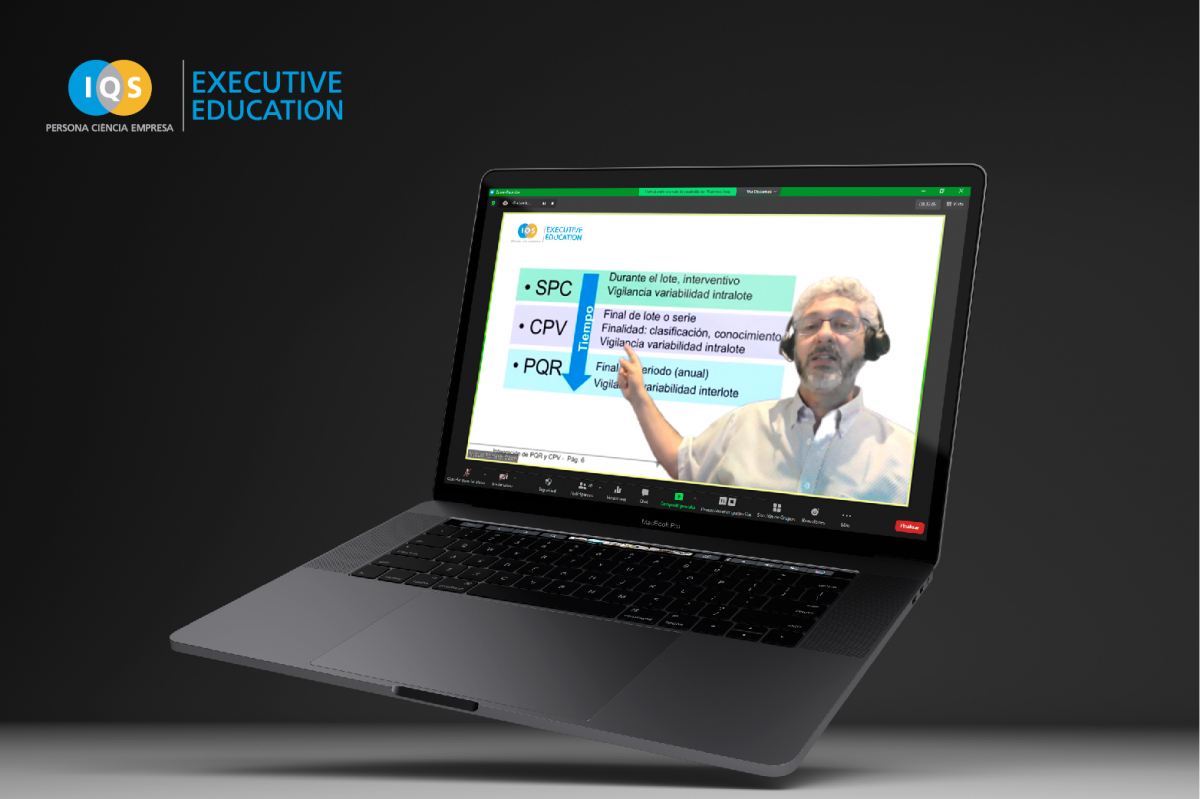The pharmaceutical sector and regulations regarding it are constantly growing and evolving, alongside quality processes in the sector.

The pharmaceutical sector and regulations regarding it are constantly growing and evolving, alongside quality processes in the sector. In this sense, two tools that are oftentimes not optimally interconnected stand out: Continuous Process Verification and Product Quality Review. These tools should guarantee constant feedback of control strategies for all processes, thus facilitating continuous improvement.
This is the main conclusion reached in the "Integrating Continuous Process Verification and Product Quality Review" masterclass that analysed new trends in production chain control mechanisms. The masterclass, organized by IQS Executive Education on 10 June, was led by Miquel Romero Obón, QA Senior Manager of Almirall pharmaceutical plants.
Continuous Process Verification involves compiling and analysing end-to-end production components and process data to ensure that product results fall within the natural process variability determined in process validation.
This model enables “traditional” validation (Process Performance Qualification or the second stage of validation, after the Design Qualification) to be carried out with a smaller number of product batches, facilitating early estimates of their quality, capacity, and risk of future non-conformities, thus preventing economic losses. Compared to other models, Continuous Process Verification stands out for being applied more closely to the release of each batch, uninterrupted and recurrently, as well as facilitating the investigation of eventual deviations with greater speed and effectiveness. Furthermore, it is a technique that can be complemented with Process Analytical Technology (PAT) tools and multivariate process control, forming a robust control system that offers a high guarantee of compliance.
Feedback, key to the continuous improvement of quality systems
Like all quality subsystems, the objective of Continuous Process Verification is to organize and have the elements and resources in place so that the result has a high probability of being correct. Moreover, it has secondary functions such as monitoring, surveillance, and verification to ensure that results are being obtained based on what was designed.
However, Mr Romero stated that the key element in ensuring that these systems obtain ideal results is the feedback they report. This must be fast and effective in order to detect points of improvement to optimize resources: “A series of control activities is not a holistic control strategy. They must be interconnected in a rational and efficient manner. Without feedback or self-adjustment of the quality system, there is no engine for continuous improvement within a company,” said Romero.
